Speaking of the blog being in the dark for a while, how about a post full of pictures taken in the dark. A couple of months back I took a free photography class with
Chris Hartzell, in Monterey that focused on shooting frogs at night. It was a very informative and leisurely class, where I learned how to use my flash much better than I could before.
We employed two techniques, one taking images with a backlight and one without any other light other than that of our camera mounted or hand-held flashes. These led to two different kinds of images: (1) images with a lit green background or (2) images with a black background. I really liked the idea of the black background because it is so much more natural. It gives the viewer a more honest take on the environment that the frog was in. It was well after sunset and damn dark out, so why not let your image show that. It may not be type of image that makes the cover of
Sexy Endangered Animal Monthly, but it shows the subject in a more natural setting.
Enough blabbing ... on to the photos.
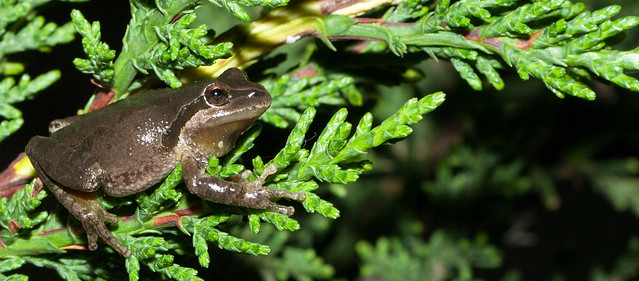
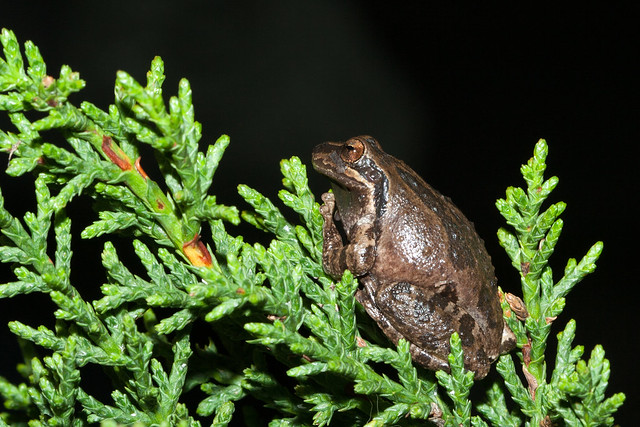 |
| No backlighting, just the dark night sky |
 |
| A face cute enough to kiss |
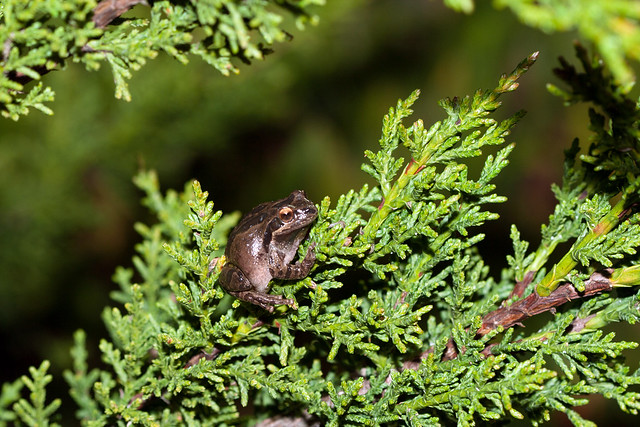 |
| Full-frame with flashlight mediated backlighting |
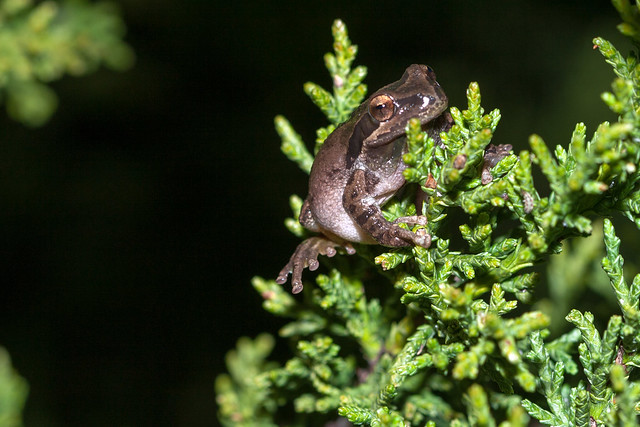
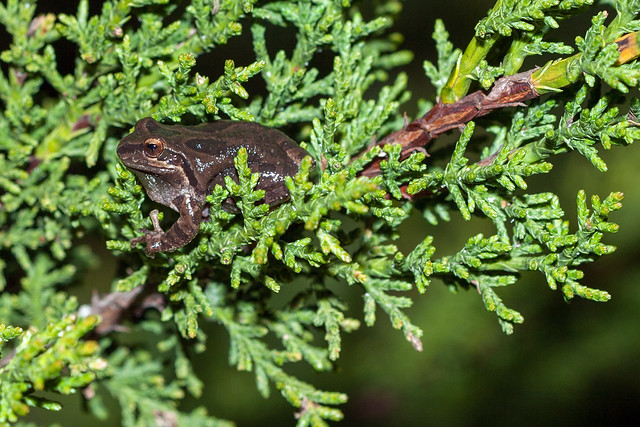 |
| Doing a bit of calling |
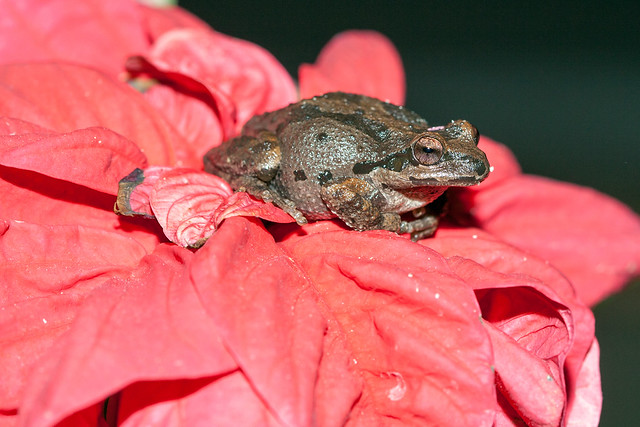 |
| How about some color? |
Thanks again to Chris








Nice! These are some cute buggers...they look like Pseudacris regilla (I don't know the western herps well, but I did parasite work with regilla as an undergrad).
ReplyDeleteDo you know if P. regilla and P. sierra are similar in their habitats/life histories? They look similar...
Very cool photos!
They were the same thing just a few years ago. The splitters won the last battle.
DeleteFrom Cal Herps:
"The naming of this frog has been confusing for years, and in 2006 it got even more confusing when one species of frog was split into three species.
In Phylogeography of Pseudacris regilla (Anura: Hylidae) in western North America, with a proposal for a new taxonomic rearrangement 2006 Molecular Phylogenetics and Evolution 39: 293-304, Ernesto Recuero, Íñigo Martínez-Solano, Gabriela Parra-Olea, and Mario García-París present evidence that Pseudacris regilla as it is currently recognized is made up of 3 species, all of which occur in California. However, they assigned names to two of the species which they later determined were incorrect. The three species were correctly named in a followup paper:
Recuero, Ernesto, Íñigo Martínez-Solano, Gabriela Parra-Olea, Mario García-París. Corrigendum to ‘‘Phylogeography of Pseudacris regilla (Anura: Hylidae) in western North America, with a proposal for a new taxonomic rearrangement’’ [Mol. Phylogenet. Evol. 39 (2006) 293–304]
Molecular Phylogenetics and Evolution. 41(2): pp. 511."
Holy....
ReplyDeleteYeah....that's the way things go. Are they frequently sympatric, or do they at least separate by geography, so you can tell them apart?
I believe that geography is going to be the best way to tell them apart. It sounds like the splitting study didn't do a very good job of looking at the boundaries and relied on a small number of samples.
Deletehttp://www.californiaherps.com/frogs/pages/p.regilla.html
Hee. Before I read your caption (face cute enough to kiss), when I saw that photos I said (out loud, apparently to my cat?) "Awwwwww..." GREAT stuff. SO cute. Heart them amphibs. =)
ReplyDeleteThanks biobabbler. They are pretty hard not to love.
Delete